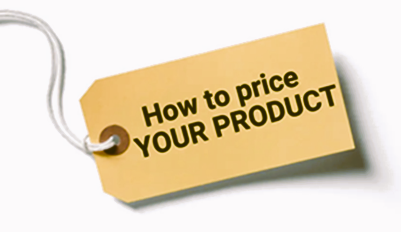Setting the right price for your product is crucial for the success of your business. A price that is too high may deter customers, while a price that is too low could undervalue your offering. In this article, we’ll explore how to determine if you’ve priced your product correctly and offer strategies to ensure your pricing strategy aligns with your business goals.
Know Your Costs:
Before you can determine the right price for your product, you need to understand your costs. This includes direct costs like materials, labor, and production expenses, as well as indirect costs such as marketing, overhead, and distribution. Calculate your total cost per unit to ensure that your price covers these expenses while allowing for a reasonable profit margin.
Research the Market:
Conduct thorough market research to understand the pricing landscape in your industry. Analyze your competitors’ pricing strategies and identify where your product stands in terms of quality, features, and value proposition. Consider factors such as customer perceptions, market demand, and price trends to gauge the optimal price range for your product.
Determine Value to Customers:
Your pricing should reflect the value your product delivers to customers. Identify the unique benefits and advantages of your product compared to alternatives in the market. Consider how much customers are willing to pay for these benefits and align your pricing strategy accordingly. Highlighting the value proposition in your marketing efforts can justify a higher price point.
Test Different Price Points:
Consider conducting pricing experiments or A/B testing to evaluate different price points and their impact on sales and profitability. By testing pricing variations with a segment of your target audience, you can gather valuable data on customer behavior and preferences. Use this data to refine your pricing strategy and optimize pricing for maximum revenue and customer satisfaction.
Monitor and Adjust:
Pricing is not a set-it-and-forget-it strategy. Continuously monitor market conditions, customer feedback, and sales performance to assess the effectiveness of your pricing strategy. Be prepared to make adjustments as needed, such as offering discounts or promotions to stimulate demand or raising prices to reflect increased value or costs.
Conclusion:
Pricing your product right requires a combination of understanding costs, researching the market, assessing value to customers, testing different price points, and staying agile to adapt to changing conditions. By following these strategies and staying attuned to customer needs, you can ensure that your product is priced competitively and profitably in the market.
Who we are: Funded.com is a platform that is A+ BBB accredited over 10+ years. Access our network of Angel Investors, Venture Capital or Lenders. Let us professionally write your Business Plan.





 Rss Feed
Rss Feed


